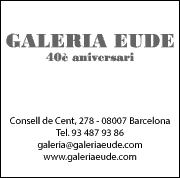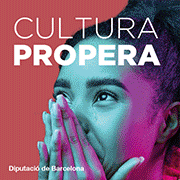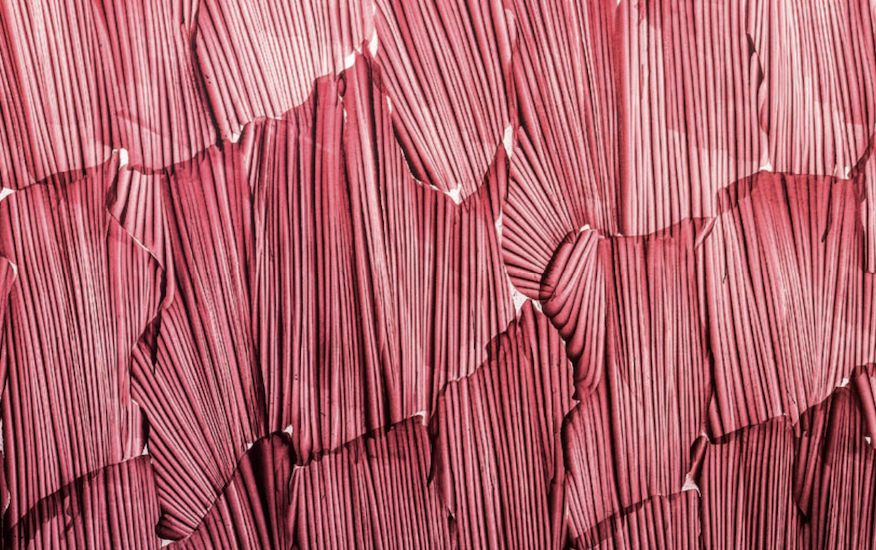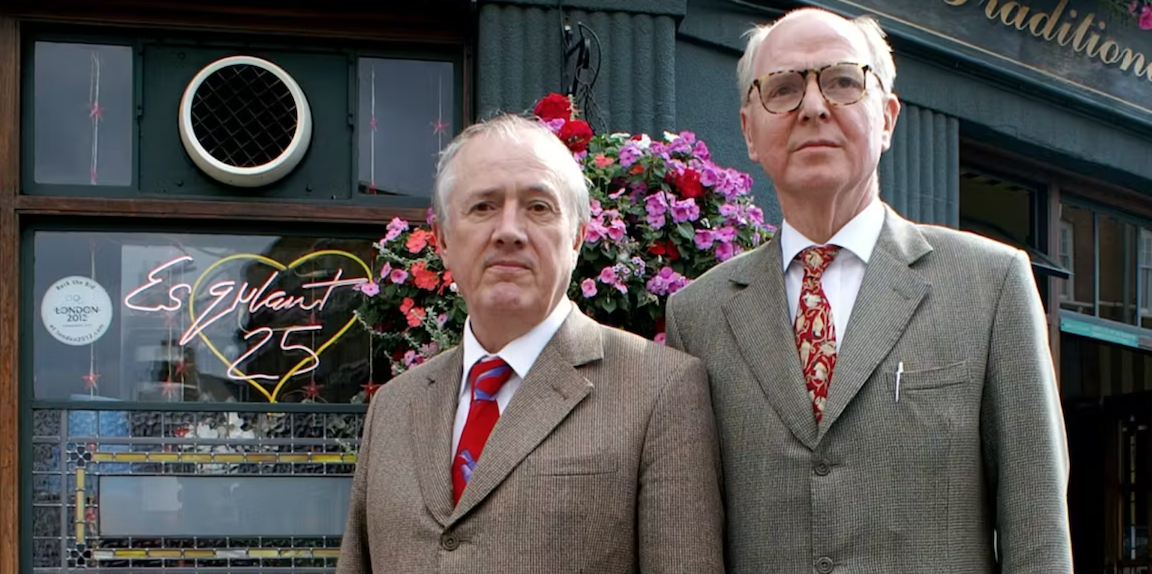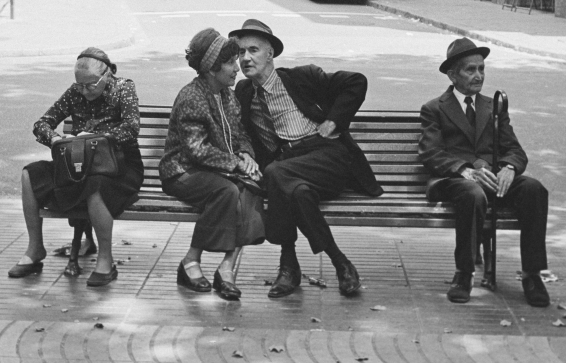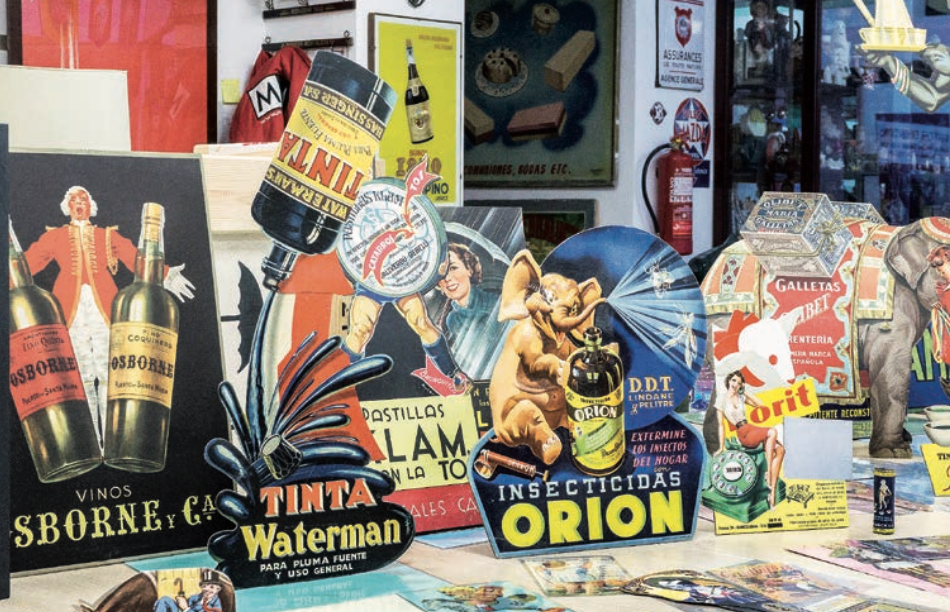Exhibitions
Maria Sanmartí at the Palau Foundation. last days
In the current context of reclaiming the role of women in art, the work of Maria Sanmartí stands out for its authenticity and expressive force, despite having been silenced since 1955. Until September 15 at the Palau Foundation
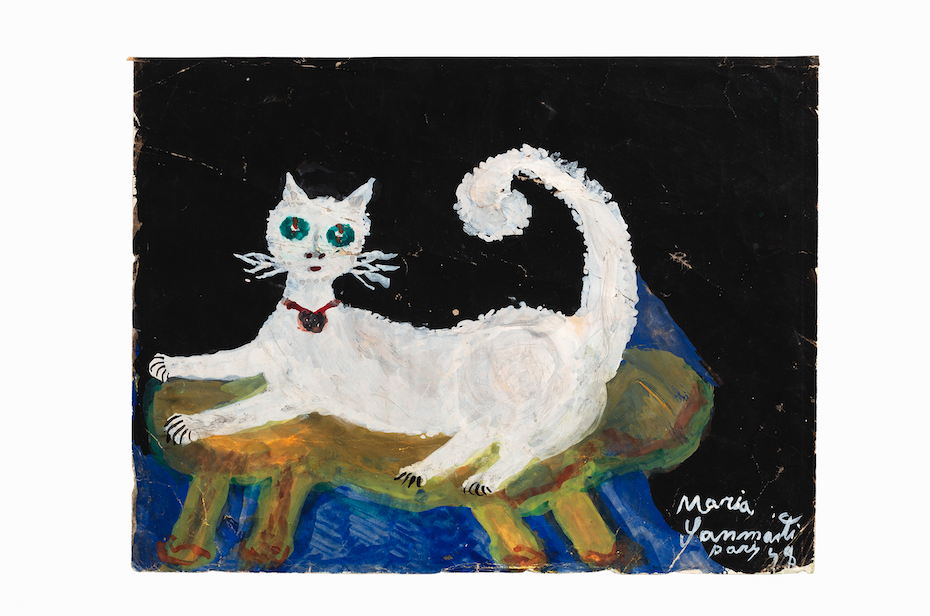
In a moment of much-needed vindication of the role of women in the world of art, the case of Maria Sanmartí occupies a special place. First of all, suddenly at the beginning of his career he signed with the nickname Mare de'n Clavé, something that would be unthinkable now but which I would dare to say goes beyond being a reflection of the situation of the woman, needing to start in the world of accompanied art, but rather Maria Sanmartí's clarity about what her role and her situation were.
A woman with a life that is not easy due to a capriciousness of the spirit, in the words of Palau and Fabre and I would add a capriciousness of fate, she began to paint leaving not only her son in awe but also the group of friends who surrounded her in that group of Paris that we imagine full of art and bohemia but which they also considered suffocating and ultrasaturated. This is what he expresses in the article dedicated to him by the Alchemist (Josep Palau i Fabre) in Ariel magazine where he talks about the unpublished case of Maria Clavé (sic) as a breath of fresh air, as a possibility to escape from the 'artifice that surrounds everything to reach the purity of simplicity, to remove ourselves from the thick prose that surrounds us to breathe again the air of poetry. That was in 1948, but seventy-six years later the sensations of seeing Maria Sanmartí's work are the same. It is true that many artists have arrived at expression without artifice, but usually it has been through a long path of eliminating from the work what was superfluous.
This is not the case: Maria Sanmartí started on the path of art at the age of sixty and the expression that admired everyone had the strength of the real, an almost childlike look as if after living a whole life of difficulties what remained was only authenticity. Suddenly, from our current point of view, stand in front of oils, watercolors, drawings, lithographs and ceramics representing flowers, clowns, interiors, still lifes, made by a woman, moreover an old woman, and perceive that prejudices are diluted and that before his works the only thing that prevails is the strength of color and the freedom of expression. In the current vindication of the work of women artists, the importance of highlighting the works of an artist who has been silenced since 1955 and who is characterized by the honesty of expressing what that he feels without forgetting exactly who he is and where he is. Perhaps the need for the last sentence of Palau i Fabre's article becomes clear again: "Saving the child in us is the first condition to save man."



